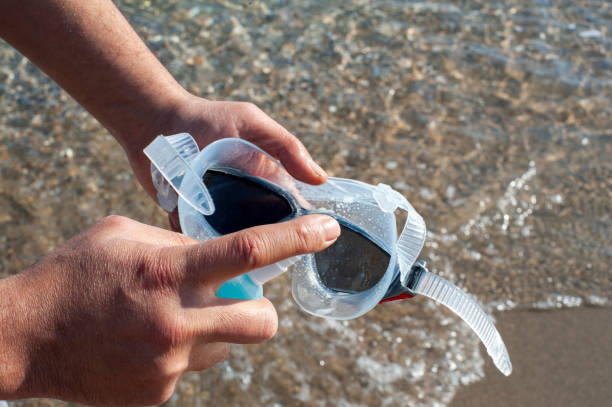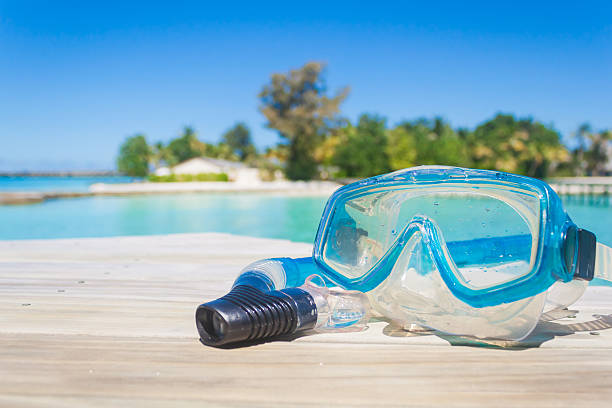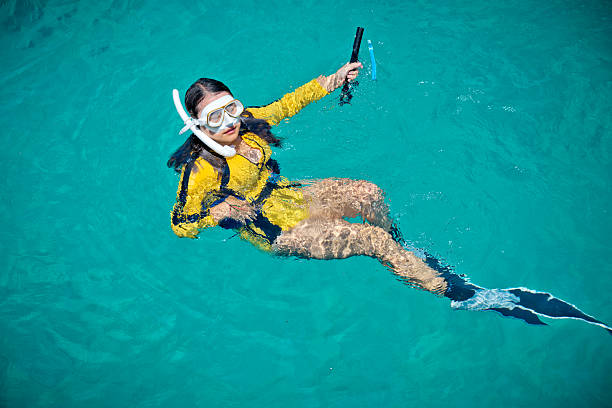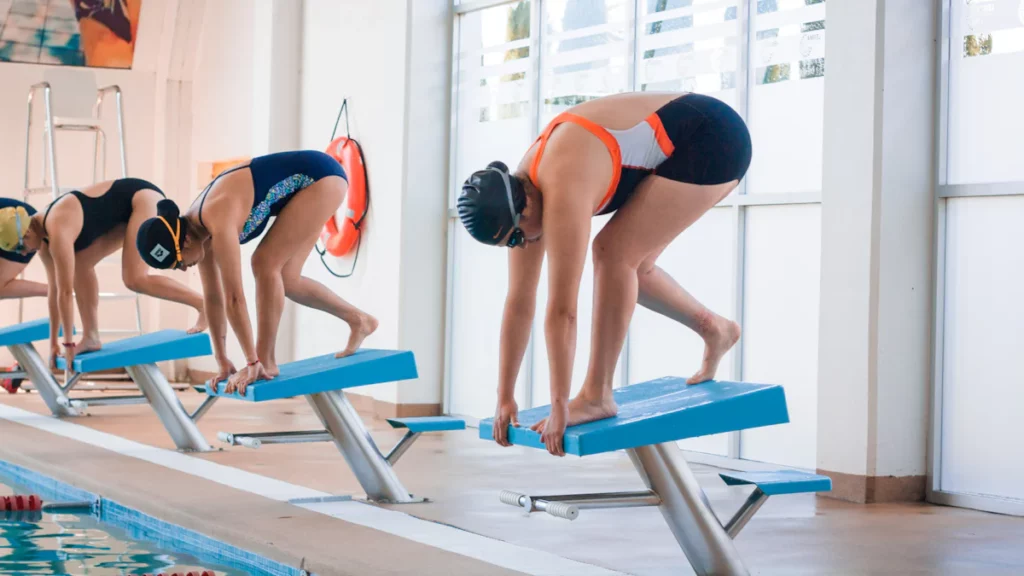
Fuente de la imagen: píxeles
Al usar una tabla de natación, se abre un mundo de posibilidades. Este blog busca profundizar en esta herramienta acuática, explorando sus ventajas y desventajas.
Desde fortalecer las piernas hasta posibles lesiones, exploraremos el uso de una tabla de natación. Acompáñenos a descubrir las particularidades de este accesorio y a comprender cómo puede influir en su experiencia acuática.
Ventajas de usar una tabla de patada
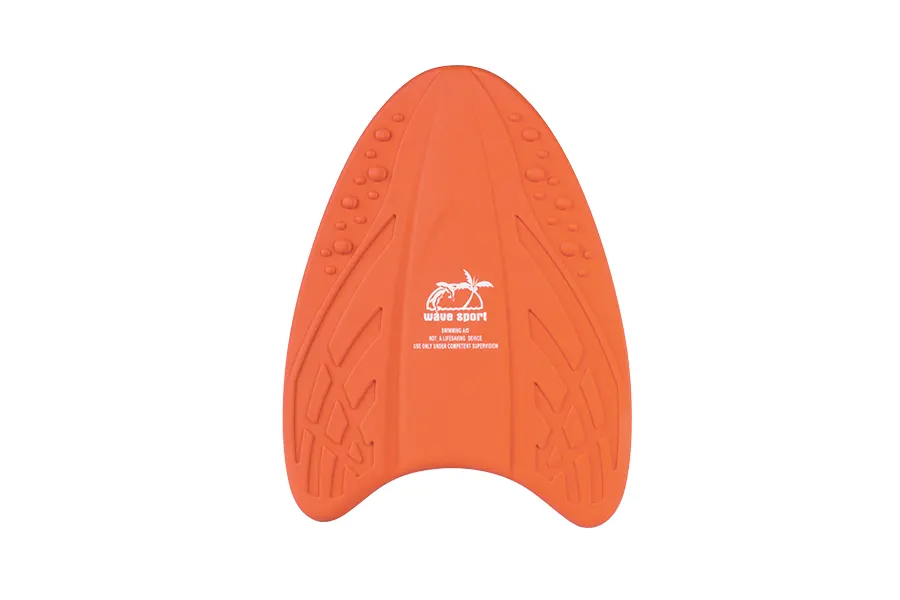
Mejora la fuerza de las piernas
Tablas de patinar Son una herramienta valiosa para mejorar la fuerza de las piernas en los nadadores.
Al aislar tus patadas, no solo desarrollas fuerza, sino también resistencia y potencia explosiva. ¿El resultado? Un rendimiento de natación de cuerpo completo que dejará a los demás atrás. Así que coge una tabla y patea para lograr vueltas más rápidas.
Mejora la técnica
Las tablas de patada son tu arma secreta para dominar el arte de la patada.
Al aislar los movimientos de las piernas, te permiten perfeccionar tu técnica, lo que te ayuda a lograr un aleteo más potente y eficiente. No se trata solo de la fuerza en las piernas, sino de perfeccionar el motor que impulsa toda tu natación. Con cada patada, sientas las bases para una brazada más suave y rápida en general.
Proporciona flotabilidad
Uno de los principales beneficios de usar una tabla para nadar es la flotabilidad que ofrece.
Las tablas de natación sujetan la parte superior del cuerpo, manteniéndolo a flote mientras nadas. También te permiten tomar descansos cortos durante entrenamientos intensos, lo que mejora la resistencia y la aguante en el agua.
Desventajas de usar una tabla de natación

Lesiones potenciales
Problemas de hombro
Cuidado con la trampa de la tabla de patinar: si bien son excelentes para ejercitar las piernas, estos ayudantes de espuma pueden sabotear los hombros.
El movimiento repetitivo y la posición fija de los brazos pueden tensar los hombros, provocando dolores o lesiones. Para mantenerlos en forma, concéntrate en la técnica correcta y varía tu rutina. Recuerda: un entrenamiento de natación equilibrado es clave para evitar lesiones a largo plazo.
Distensión de espalda y cuello
Otra desventaja de usar una tabla para nadar es la posibilidad de experimentar tensión en la espalda y el cuello.
Una postura corporal incorrecta al sujetar la tabla de flotación puede causar tensión innecesaria en los músculos de la espalda y el cuello. Para evitar la tensión, concéntrese en mantener una alineación neutra de la columna y evite arquear la espalda excesivamente durante los entrenamientos con la tabla.
Problemas de técnica
Posición corporal descuidada
Un problema común que enfrentan los nadadores cuando usan una tabla de natación es desarrollar una posición corporal descuidada.
Sujetar la tabla de natación puede provocar una alineación incorrecta del cuerpo, lo que afecta la postura general al nadar. Concéntrese en activar los músculos del torso y mantener el cuerpo estilizado para mejorar su técnica.
Diferentes estilos de patadas
El uso de una tabla de natación a veces puede dar como resultado la adopción de un estilo de patada diferente al que usarías en la natación normal.
Esta discrepancia en la técnica de patada puede afectar la eficiencia general de la brazada y el esfuerzo muscular. Procura mantener la consistencia en tu estilo de patada en los diferentes ejercicios de natación para mejorar tu rendimiento.
Entrenamiento limitado de la parte superior del cuerpo
Descuida los músculos del brazo
Si bien las tablas de patada son beneficiosas para fortalecer la parte inferior del cuerpo, a menudo descuidan la participación de los músculos del brazo durante los entrenamientos.
Depender únicamente de las tablas de natación puede provocar un desarrollo insuficiente de la fuerza en los brazos, crucial para la propulsión y la coordinación en las brazadas. Considere incorporar ejercicios adicionales para la parte superior del cuerpo a su rutina para un desarrollo muscular equilibrado.
Ejercicio menos completo
Usar exclusivamente una tabla de natación puede limitar la variedad y la exhaustividad de tu rutina de entrenamiento de natación. Para garantizar una mejora integral de tu condición física, es fundamental integrar diferentes herramientas y técnicas de entrenamiento que trabajen diversos grupos musculares y aspectos del rendimiento en la natación.
Cómo usar una tabla de natación para nadar

Técnica y posicionamiento adecuados
Entrenamiento de natación con tabla de natación: Valla de piscina DIY, experto en entrenamiento de natación con tablas de natación, enfatiza la importancia de una técnica y una postura adecuadas. Para maximizar los beneficios del entrenamiento, concéntrate en mantener una postura estilizada al patear con la tabla. Asegúrate de que tus piernas realicen movimientos potentes para fortalecer los músculos de forma eficaz.
Equilibrar el uso de la tabla de natación con otros ejercicios de natación
Incorporar ejercicios con tabla de natación a tu rutina de natación puede ofrecerte ventajas únicas. Al combinar su uso con otros ejercicios de natación, puedes trabajar diferentes grupos musculares y mejorar tu rendimiento general.
Considere alternar entre ejercicios de tabla de natación y brazadas tradicionales para mejorar su técnica de natación de manera integral.
Duración y frecuencia de uso recomendadas
Tenga en cuenta la duración y frecuencia de uso recomendadas.
Intenta incluir ejercicios con tabla de nado en tu rutina de 2 a 3 veces por semana para obtener resultados óptimos. Empieza con sesiones más cortas y aumenta la duración gradualmente a medida que desarrolles resistencia y fuerza en las piernas.
Alternativas a las tablas de patinar
Boyas de arrastre
Los pull buoys son dispositivos de espuma que se colocan entre los muslos.
Beneficios:
- Aísla la parte superior del cuerpo, lo que permite centrarse en la técnica y la fuerza del brazo.
- Mejora la posición y la rotación del cuerpo.
- Ayuda a desarrollar una tracción más fuerte.
Desventajas:
- Puede provocar una dependencia excesiva de la parte superior del cuerpo.
- No permite la práctica de patadas.
Tablas de natación vs. boyas de tiro:
Las tablas de patada se centran en mejorar la velocidad y la técnica de las patadas, desarrollar la resistencia de las patadas y mejorar el rendimiento general de la natación.
Por otro lado, las boyas de tiro ayudan a aislar los movimientos de los brazos en el crol y la espalda, promoviendo un mejor control al nadar.
Aletas de natación
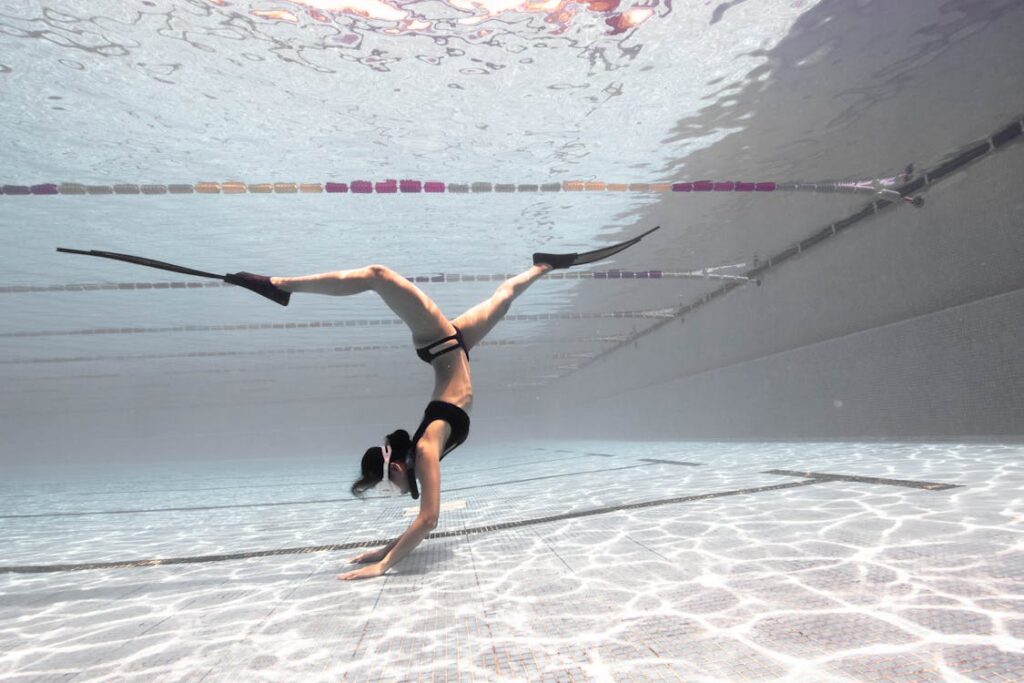
Las aletas de natación son unas zapatillas que se usan en los pies.
Beneficios:
- Aumenta la fuerza de las piernas y la flexibilidad del tobillo.
- Mejora la posición del cuerpo y la técnica de patada.
- Ayuda a los nadadores a sentir el movimiento correcto de una patada eficiente.
Desventajas:
- Puede lesionar los tobillos si se usa durante demasiado tiempo.
- Puede provocar dependencia de propulsión adicional.
Tablas de natación vs. aletas de natación:
Las tablas de natación proporcionan flotabilidad a la parte superior del cuerpo y ayudan a aprender nuevas brazadas.
Las aletas de natación son efectivas para desarrollar mejores músculos de las piernas, mejorar el equilibrio y la respiración y reducir el riesgo de ahogamiento.
Paletas de mano
Las paletas de mano son dispositivos planos que se adhieren a las manos para aumentar el área de superficie.
Beneficios:
- Fortalece brazos y hombros.
- Mejora la sensación del agua y la fase de agarre de la brazada.
- Ayuda a corregir la entrada y la extracción de la mano.
Desventajas:
- Puede provocar tensión en el hombro si se utiliza incorrectamente.
- No recomendado para principiantes o personas con problemas en los hombros.
Tablas de natación vs. Paletas de mano:
Las tablas de patada aíslan los movimientos de las piernas durante la braza y ayudan a los nadadores a concentrarse en sus técnicas de patada.
Las paletas de mano pueden ser beneficiosas para aislar los movimientos del brazo en diferentes estilos de natación, mejorando la eficiencia de la brazada y mejorando la propulsión general.
¿Quién debería utilizar tablas de natación?
Nadadores principiantes vs. avanzados
Para principiantesLas tablas de natación son herramientas esenciales para que los nadadores principiantes desarrollen fuerza en las piernas y mejoren la resistencia al patear. Ayudan a dominar las técnicas básicas de brazada, proporcionando estabilidad y confianza en el agua.
Los principiantes se benefician del entrenamiento con tabla de natación al concentrarse en desarrollar una base sólida en las habilidades de natación.
Para nadadores avanzadosLos nadadores experimentados pueden utilizar tablas de natación para mejorar su rendimiento perfeccionando aspectos específicos de sus brazadas.
Reflexiones finales
Las tablas de natación ofrecen la oportunidad de realizar ejercicios avanzados y mejorar la técnica, lo que permite a los nadadores concentrarse en las zonas que requieren atención. Incorporar ejercicios con tabla de natación en rutinas de entrenamiento avanzadas puede aumentar la eficiencia y la velocidad en el agua.
Como hemos explorado en esta publicación, pueden ser valiosas ayudas para mejorar la fuerza de las piernas, la postura corporal y la técnica respiratoria. Sin embargo, su uso también conlleva posibles inconvenientes, como la dependencia excesiva y el riesgo de desarrollar malos hábitos.
Tanto si decides incorporar tablas de natación como si no, lo más importante es la práctica constante y la técnica correcta. ¡Feliz natación!
